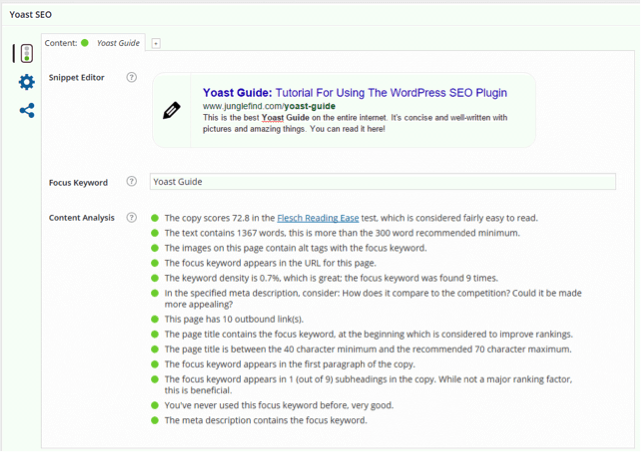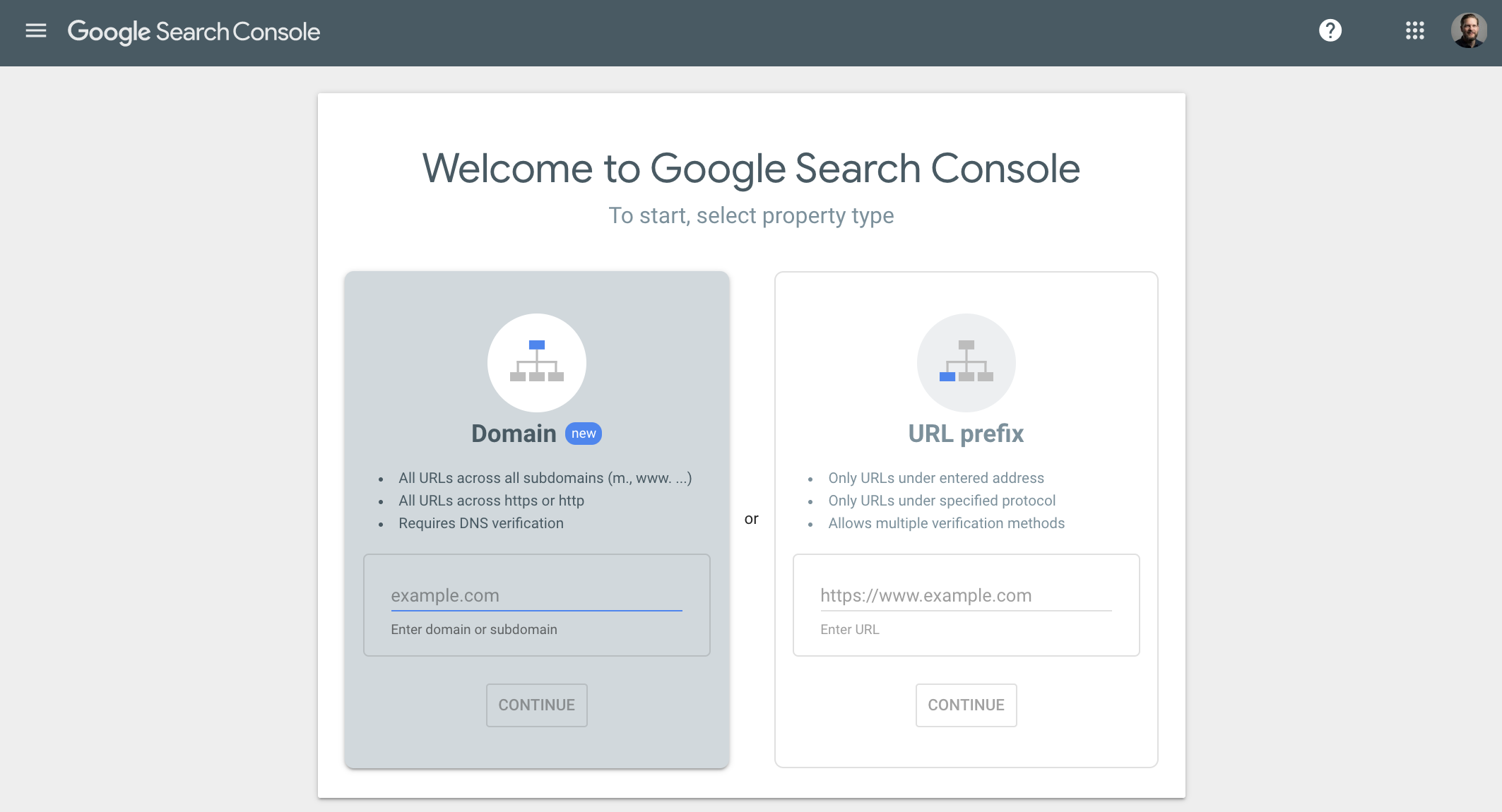You finally did it.
After many sleepless nights, you’ve finally launched your website.
It was a long and arduous journey, but it’s finally over!
Except it isn’t.
Not even close.
Launching your website was a big step, but it’s only the first of many.
Just because you have a website up and running, doesn’t mean anybody is actually going to come visit it.
The real work begins now!
Here are the top 20 things you should be doing right after you launch your ecommerce website.
1. Get Your Product Feeds Ready

Your ecommerce website is up, and it’s time to let the world know it!
By submitting a product data feed to shopping channels like Google Shopping and Amazon, you let them know exactly what you are selling. Note that I used the word “exactly.”
That’s because the more comprehensive and specific your product data feed is, the more likely it will show up for relevant searches.
Completing the product data feed might be boring and tedious work, but it will help you get the much-coveted buying-intent-filled traffic all ecommerce websites desire.
2. Install a Backup Plugin
Your new site is now up and running.
You’ve put a lot of work into it, and you want to protect your investment.
This is the perfect time to set up a backup plugin to make sure your hard work is protected.
In a world full of server crashes and security breaches, a plugin that creates regular backups can give you some invaluable peace of mind that your site can easily be restored in case anything goes wrong.
It’s just the smart thing to do.
3. Set Up Your XML Sitemap File

Everybody publishing a website wants to be seen, and creating a sitemap.xml file will help to ensure that yours is.
This file lists and organizes all the pages and URLs of your website, letting Google read and understand it much more effectively.
Doing this will help Google index your entire site and rank it better.
The best part is, if you’re using WordPress, it is really easy to do.
Simply install the Google XML Sitemaps plugin, and you’ll have that sitemap.xml file ready before you can say “Hey Google, notice me!”
4. Spread the Word on Social Media
If you’ve just launched a new website, you want to get as many visitors on it as you can.
One of the simplest ways to do that is simply to promote your website on social media.
Facebook, Twitter, and Instagram all boast users in the millions.
Take advantage of that audience by promoting your site on these platforms as much as you can.
Let your Facebook friends and Twitter and Instagram followers know that you’ve got something new that they might find of value.
It just makes sense!
5. Set Up Your Website’s Social Media Accounts
It’s one thing to promote your website on your social media accounts – it’s an entirely different thing to create social media accounts for it.
A well-curated social media account can add legitimacy and authority to your website.
People are more likely to trust a website that is highly visible on social media than one with no social media presence at all.
After all, the more subscribers and followers you have, the more convincing you usually are.
That’s why it’s important to get started on your website’s social media accounts as soon as possible.
6. Create More Content
If you think that launching the website was the hard part, then you’ve got another thing coming.
That was actually the easiest part of the journey.
Now you’ve got to get to producing a steady stream of content to keep your site relevant and current.
Nobody wants to visit a stale website.
You can never have enough content.
You’ve got to keep churning out new content or your launch is going to be the highlight of your website.
7. Configure Google Analytics
In all the excitement of your website launch, don’t forget to configure your website with Google Analytics.
Doing this will let give you access to the data that you will find to be incredibly valuable if you want to grow your website.

This includes:
- The number of site visitors.
- How your keywords are doing.
- Where your website traffic is coming from.
- Who exactly your traffic is.
- And much more data.
All it takes is a little bit of Google code.
If you’re serious about growing your website’s audience, then having Google Analytics is definitely a must.
8. Send Out A Press Release
Your new website is up, but chances are, nobody knows what it’s all about.
That’s why sending out a press release can prove to be valuable.
This serves as a first initial introduction to who you are and what your website is about.
Your press release doesn’t have to be a long, either.
A concise introduction is all you need to let me people know you’re in business.
9. Get Your Site SEO-Ready

Promoting your new website on social media and email may get you some good traffic, but nothing beats Google when it comes to reaching some serious numbers.
That’s why getting your site’s SEO right is such a big deal.
More traffic means more potential sales and leads for your new ecommerce website.
Now SEO is incredibly complicated, but you don’t need to be an expert on it.
There are lots of SEO plugins out there like Yoast SEO that can make SEO simple, and really make a big difference in how Google ranks your website.
It’s definitely something you have to set-up right away.
10. Change Your Permalink Structure
Permalinks are permanent links that people (and maybe more importantly, Google) uses to recognize the individual pages of your website.
WordPress’ default permalinks aren’t very SEO-friendly.
After all, how does the permalink “yoursite.com/?p=101” add any value in Google’s eyes?
Instead, setting the permalink to your post title would be much more useful for SEO purposes.
As an added bonus, anybody reading “yoursite.com/post-title” can get a quick idea of what the page is all about at a glance.
11. Set Up Google Search Console

Google Search Console (GSC) should be one of the very first things you set up on your new website.
GSC allows you to understand how Google sees your website.
This is extremely valuable because if you can understand how Google sees your website, you can take specific steps to improve your ranking.
It also shows you who is linking back to your website, as well as point out internal errors, if there are any.
You can also see how your site appears in the search engine results, and let you know which keywords your site is showing up for.
12. Beef Up Security
You’ve just launched your website and are probably feeling like a proud new parent right about now.
That pride is soon replaced by dread, as you realize there are terrible things out there looking to do your baby wrong: mainly malware, viruses, and hackers.
For peace of mind, look to install a firewall of some sort to protect your website from all these things.
There are tons of free security plugins out there, and you should take advantage.
13. Enable Caching

Your site may be brand spanking new, but if it loads like an old car from the junkyard, nobody is going to want to stay on it.
Content is king, but speed is always a major factor when it comes to keeping visitors happy.
Installing a free caching plugin will allow your site to reduce loading speeds significantly.
There are lots of free caching services out there, so it doesn’t make sense not to take advantage.
14. Take Advantage of Google Alert Mentions
This is by far the easiest way to keep your finger on the pulse.
Setting Google Alert Mentions to your website name and specific keywords you’re tracking can let you know exactly what people are saying about your website and your specific keywords.
This way, you will know what’s current and relevant about the things you are promoting/selling/writing about.
You’ll also know exactly what kind of content your competition might be coming out with.
Knowing these things as they happen will allow you to respond accordingly.
15. Set Up Email List Sign-Ups
Website traffic is great, but the main point of it is to get into their inboxes.
That’s where you can build relationships, promote ideas, and really sell products to the people.
That’s why it is of utmost importance that you set up a way for your website visitors to leave their emails with you.
Of course, having an email list signup form available is a completely different thing from getting your traffic to actually sign up for it.
Come up with creative incentives to convince your audience that joining your email list will be of value to them, such as offering a free e-book or access to gated content.
16. Take Advantage of HARO

Help A Reporter Out or HARO is a service that can get you some serious press for free.
Signing up will get you three emails a day with questions from journalists.
If you see any questions you can answer, send an in-depth response to the mystery journalist.
If your response piques their interest enough, they will reach out and most probably use you as an expert source for whatever they are writing.
They get an expert source of information and you get some free exposure.
Everybody’s happy!
17. Create A Press Page
This is where you can tell your website’s story.
It should talk about what your website is all about, how it came to be, and the key details that make it unique.
This press page is something you will be linking to whenever you are writing to people about your website, so you should take great care to make sure everything is perfect.
Make sure the story is clear, and that the copy is grammatically perfect.
18. Reach Out to Website Editors & Bloggers
It might seem like a strange idea to reach out to websites and blogs that are in the same field as you, but getting connected to more established people can really help with your new website’s credibility.
Start nurturing a relationship with these people and email them one-by-one to see if they would be willing to work with you.
If the content you have to offer is good, they’ll recognize the value that you bring and maybe even give you a valuable shout-out on their website.
19. Build an Initial Link Foundation
Ecommerce or not, every website looking to get higher in the rankings should look to generate inbound links.
Inclusion in free (and some paid) directories is an ideal option for businesses with a local footprint or a business without any existing backlinks.
There’s no shortage of entries and submissions, so it might take a while before you actually get on the site.
That’s why it makes sense to submit as soon you are launched.
It also doesn’t hurt your application to have a great website that offers a lot of quality content, is aesthetically pleasing, and just generally works really well.
20. Add More Products!
A new website usually has much less content on it than one that is more established.
That’s why it’s a good idea for ecommerce websites to add more products as soon as possible.
This adds valuable content that can help your site with its ranking for certain keywords.
A website with more product selection also looks a lot more legitimate than one that’s almost empty.
Implement These Strategies to Fuel Your Sales Machine
Launching an ecommerce website is no easy feat.
But it’s what you do after the launch that really determines your success.
Be sure to keep these tips in mind and watch your traffic – and more importantly, sales – shoot through the roof.
More Resources:
- 15 Must-Have Features for Ecommerce Sites
- How to Create a Content Strategy for Ecommerce Sites
- Ecommerce Marketing: The Definitive Guide
Image Credits
All screenshots taken by author, March 2020





